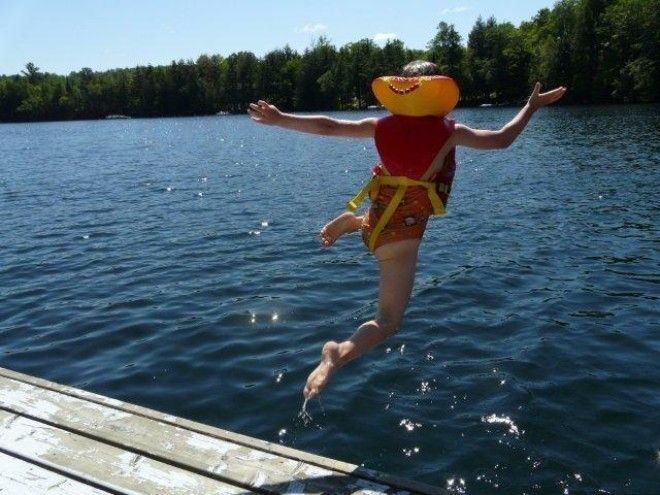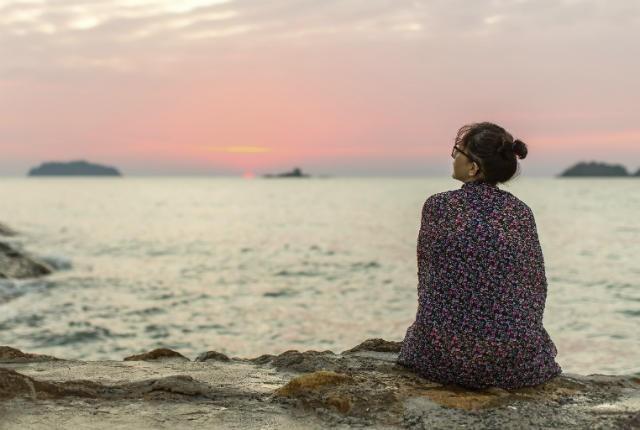Scientific interest in so-called "blue" and "green" spaces is relatively recent, but cultural awareness of nature’s therapeutic power is quite old. Poets, Christian mystics, and nature-worshiping pagans alike all celebrated the power of the trees and tides. These days, we’re just getting good at quantifying it.

Just a few weeks ago, for example, researchers published a study showing that living near lots of trees or other vegetation can actually extend a woman’s lifespan. The authors of that study cited three potential reasons green spaces might improve health: they provide inviting places to exercise, create opportunities to socialize, and they reduce stress.
The authors of the new paper believed that the same was true of blue spaces. They were especially interested in stress reduction, and whether blue and green spaces’ purported ability to calm would hold up in crowded city environments—specifically the capital city of Wellington, New Zealand. With nearly 500,000 citizens, the Wellington area is home to 10.6 percent of New Zealand’s entire population.
The researchers pulled topographic information from national databases, mapping any forested areas, parks, and coastlines that would be visible to residents. They then looked to the 2011/12 New Zealand Health Survey (NZHS), which included questions on health, lifestyle, doctor visits, socioeconomic status, chronic medical issues, and mental wellbeing. Of the adults who took the survey, 442 were Wellington residents.

The health and topographic data were then combined and analyzed. Some of the results were predictable, but others came as something of a surprise. "Increased views of blue space is significantly associated with lower levels of psychological distress," Michigan State University health geographer Amber L. Pearson said in a press statement. "However, we did not find that with green space."
Advertising
Was it a money thing? After all, people in higher socioeconomic tiers tend to have better access to green and blue spaces, as well as medical care. But even after controlling for variables like sex, wealth, age, and local crime rates, their findings held true: being able to see the water was associated with better mental health for just about everyone. To ensure that their tests were accurate, the researchers decided to measure blue space visibility with a totally unrelated factor: toothlessness. If they found a significant relationship between seeing water and missing teeth, they’d know something was wrong. But the relationship wasn’t there.
Why would water help, but not trees? Pearson admits those particular results may have something to do with their study design. "It could be because the blue space was all natural, while the green space included human-made areas, such as sports fields and playgrounds, as well as natural areas such as native forests," Pearson said. "Perhaps if we only looked at native forests we might find something different."

